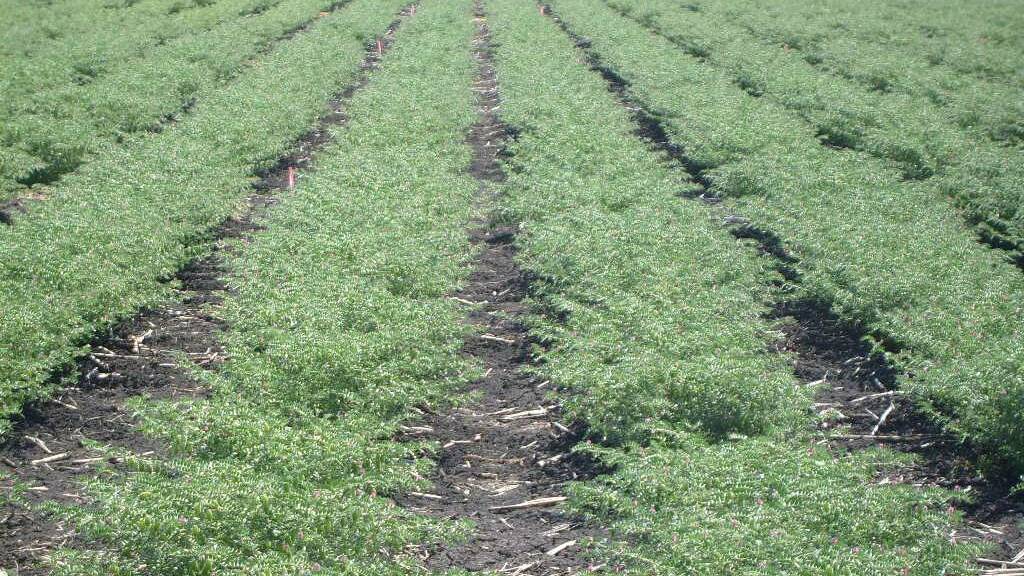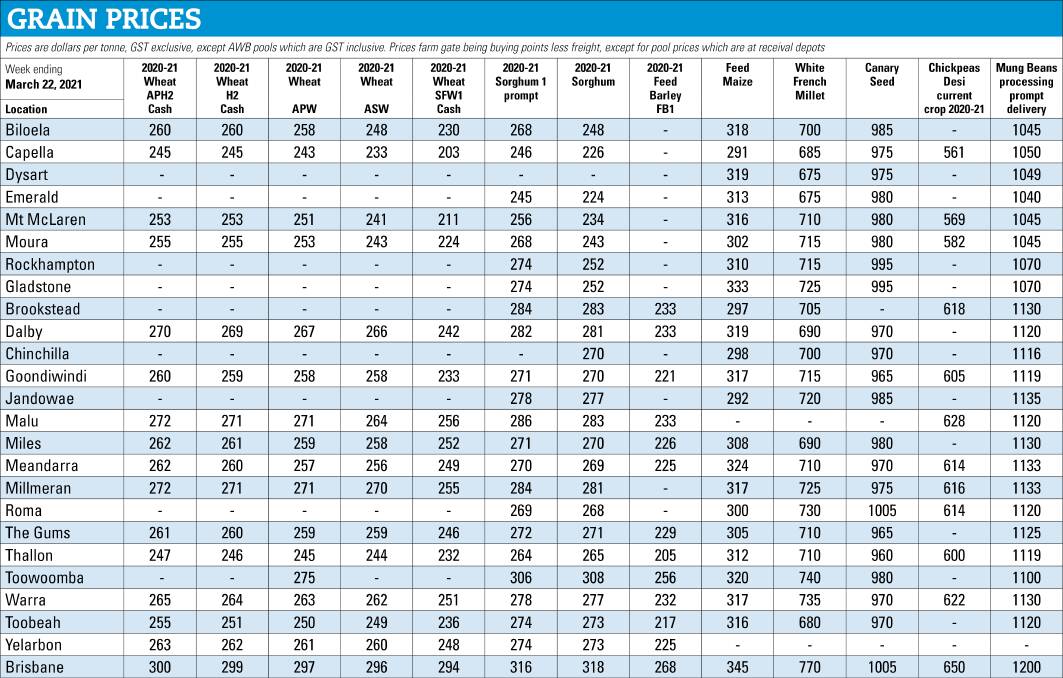
A week of wet weather across Queensland's major cropping areas has delivered the ideal for the 2021 winter crop.
Subscribe now for unlimited access to all our agricultural news
across the nation
or signup to continue reading
Heavy and sometimes torrential rains stretching from northern, central, and southern Qld dumped a general 40mm to 60mm across the state's winter cropping areas. Some areas received upwards of 100mm for the week.
Rainfall totals across the Central Highlands were variable. Most areas saw upwards of 40mm with Clermont recording 170mm in torrential storm. Last week's rain will trigger early winter crop plantings across CQ where winter frosts are less of a problem than in southern Queensland.
Southern Queensland also received soaking rains across the Maranoa and the western and eastern Darling Downs. Most areas saw 50mm to more than 100mm for the week.
The heavy rains resulted in minor to moderate flooding on the boarder rivers. Heavy storms on Sunday night of 30mm to 50mm Goondiwindi, Boomi, and Mungindi.
More rain is forecast this week which will keep soils saturated while farmers consider winter crop planting intentions.
Current strength in the pulse markets is expected to see more country planted to chickpeas. Chickpea prices are holding at $655 to $665 delivered to Darling Downs packers.

Bangladesh and Pakistan have been reportedly the main destinations, with India still absent from the market.
The combination of a disappointing sorghum crop and above average summer and early autumn rain has set the platform for large Queensland cereal and pulse plantings. Country traders are saying the favourable early rains are likely to see Queensland wheat plantings exceed last year's 750,000 hectares. They are also flagging increased chickpea plantings.
Domestic grain markets sagged as the general east coast rains offers the perfect start for the 2021 season. The rain is also triggering additional old crop grain selling, putting more pressure on southern Queensland prices.
Sorghum fell $10 to $300 delivered into the Darlings Downs. Stockfeed wheat was off $7 to $296 delivered into Downs destinations while barley was off $5 to $272.
Global wheat markets ended last week lower after drought relieving rains across the major wheat production areas in the United States.
Generally favourable weather in Europe and the Black Sea have also eased early worries about the 2021 northern hemisphere winter wheat crops.
The European Union's crop monitoring unit issued its first report for the 2021 season where it said the region was on track for above average yields.
Black Sea conditions are also improving, including some dramatic turnarounds in Russia production outlook.
- Details: 0428 116 438 or lloyd@agscientia.com.au

